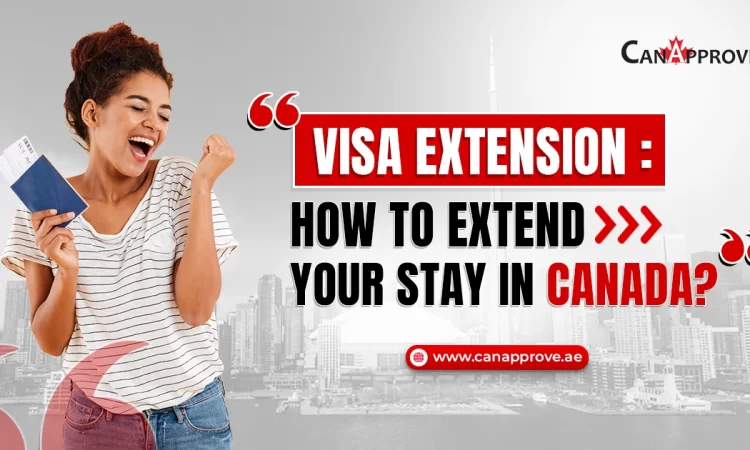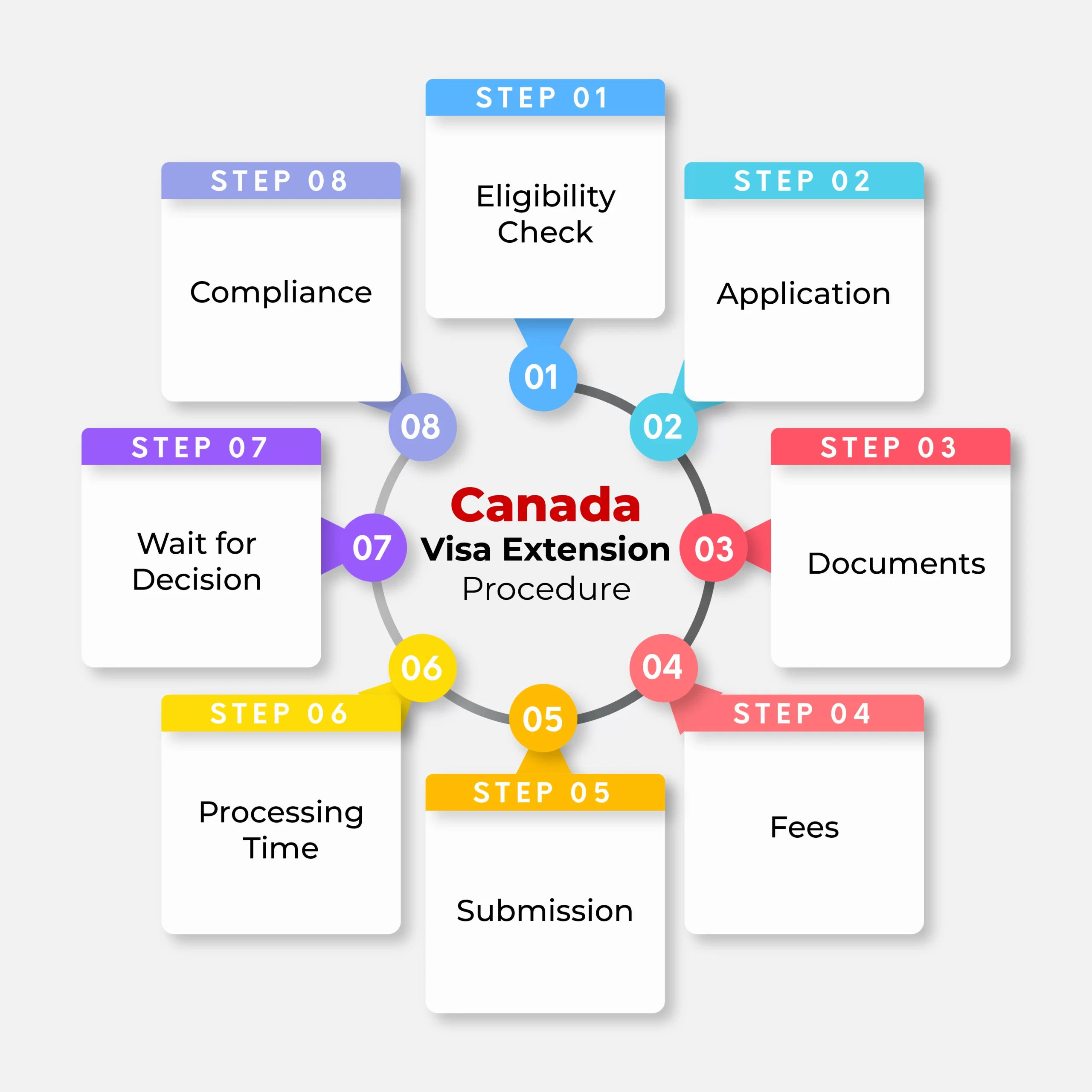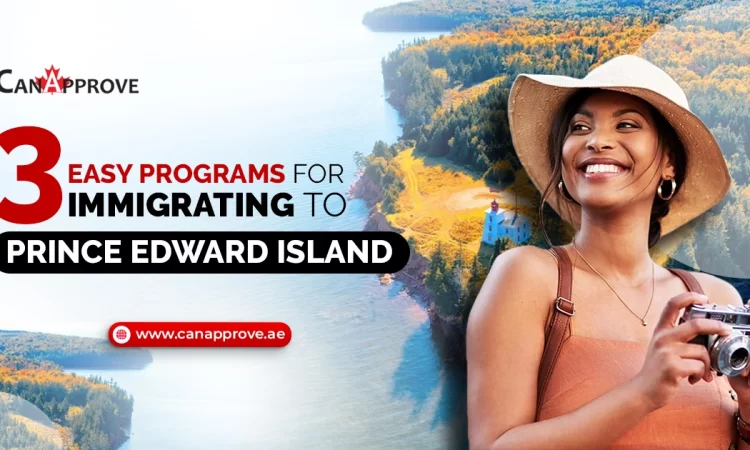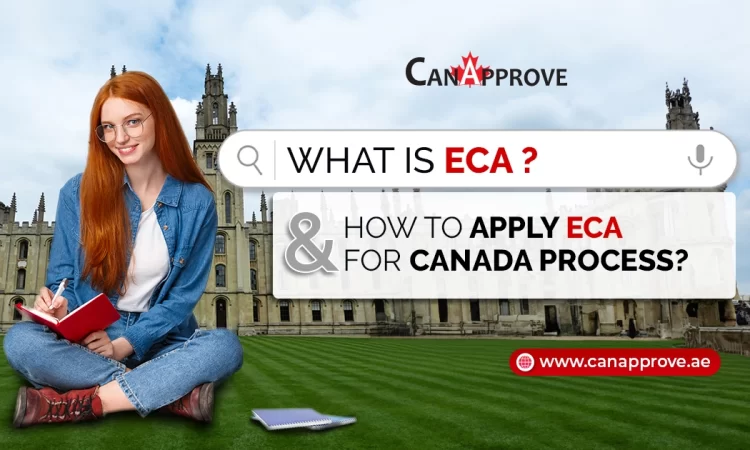Decoding New Migration Strategy for Australia: Australia Migration Strategy for 2024 is here! Ever thought about a country’s dreams? They’re not just in its landscapes or skylines; they’re also woven into its migration plans. Think of it this way: a country, like Australia, faces a future where the number of new births is reducing. To stay young, vibrant, and economically strong, it needs an infusion of fresh skills and energies from across the globe.
Australia has been quietly ambitious in this realm. It is understood that a country’s strength lies not just in its resources but in the talents it attracts. In December 2023, Australia unveiled its latest migration strategy, a roadmap aiming not just to fill job vacancies but to secure its future, prevent an aging workforce, and stay dynamic on the world stage.
In this blog, we will unpack the new migration strategy for Australia, exploring how it aims to fuel growth, address domestic needs, and keep the nation youthful in spirit and workforce.
First, let’s check the main objectives of the strategy.
The main objectives of the New Migration Strategy for Australia are:
🔴Better Lives for Australians: Boosting productivity, filling skill gaps, and promoting exports to improve living standards.
🔴Fair Work Environment: Ensuring fair jobs, wages, and conditions for all workers while preventing migrant worker exploitation.
🔴Stronger Communities: Planning migration intake to build stronger Australian communities and offering migrants opportunities for long-term investment through residency and citizenship.
🔴Global Relationships: Strengthening economic and social ties within the region and with international partners.
🔴Efficient System: Making the migration system faster, fairer, and more efficient for both migrants and employers.
The Australian government announced 8 key actions in the Government’s Migration Strategy roadmap that were developed through extensive consultation with business, unions, international education, civil society, and many Australians.
The 8 key actions are:
1️⃣ Temporary Skilled Migration: Creating a new visa called ‘Skills in Demand’ with three ways for skilled workers to come to Australia. This includes a pathway for highly skilled workers in technology or green energy, a simpler list of jobs Australia needs, and better rules to help workers move around for jobs while preventing exploitation.
2️⃣ Permanent Skilled Migration: Changing the rules for permanent skilled migration, considering a new points system, and introducing a ‘Talent and Innovation’ visa for people who can help important industries grow.
3️⃣ International Education Quality: Making education standards better for international students, making sure graduates fill skill gaps, and preventing students from being stuck in temporary situations forever. This involves higher English requirements, more checks on risky visa applications, and support for students and graduates.
4️⃣ Fighting Worker Exploitation: Creating stronger laws and rules to stop employers from mistreating workers and using visas wrongly. There’s also a plan for a public list of employers who follow the rules properly.
5️⃣ Smart Migration Planning: Planning long-term migration based on good information and working closely with different parts of Australia to make sure people with the right skills go where they’re needed most.
6️⃣ Regional Support: Giving more priority to visas for people who want to work in regional Australia, making sure rules for visas in these areas are fair, and checking that migration helps regional development without exploiting workers.
7️⃣ Strengthening Ties: Building closer connections with nearby countries includes making it easier for New Zealanders to become citizens. Additionally, it involves increasing the movement of people between Australia and countries in the Pacific and Southeast Asia.
8️⃣ Simplifying the System: Making the whole migration system easier by simplifying visa rules and reducing unnecessary complications.
Amidst these unprecedented times, Australia’s proactive immigration is a compelling model for countries seeking diverse talent. This strategy not only fosters a vibrant economy but also reaffirms Australia’s welcoming and progressive global stance.
Wrap-Up
Ultimately, Australia’s fresh migration plan sets a path for a better tomorrow. It’s all about getting the right skills, being fair, supporting education, and making friends globally. To learn more about these changes, reaching out to CanApprove can help you navigate Australia’s new migration landscape.. Explore Australia’s changing migration landscape with CanApprove for expert guidance and personalized support on recent updates.
CanApprove is here to help you find your place in this exciting journey toward a brighter tomorrow. Our team of Australia immigration consultants specializes in guiding individuals like you through every step of the journey. Whether migrating for work, seeking work visas, or exploring residency pathways in Australia, we’ve got you covered. Our expertise extends to understanding the Australia PR points calculator and obtaining the necessary working visas. With our support, your migration strategy for Australia will be streamlined, efficient, and tailored to your unique circumstances.

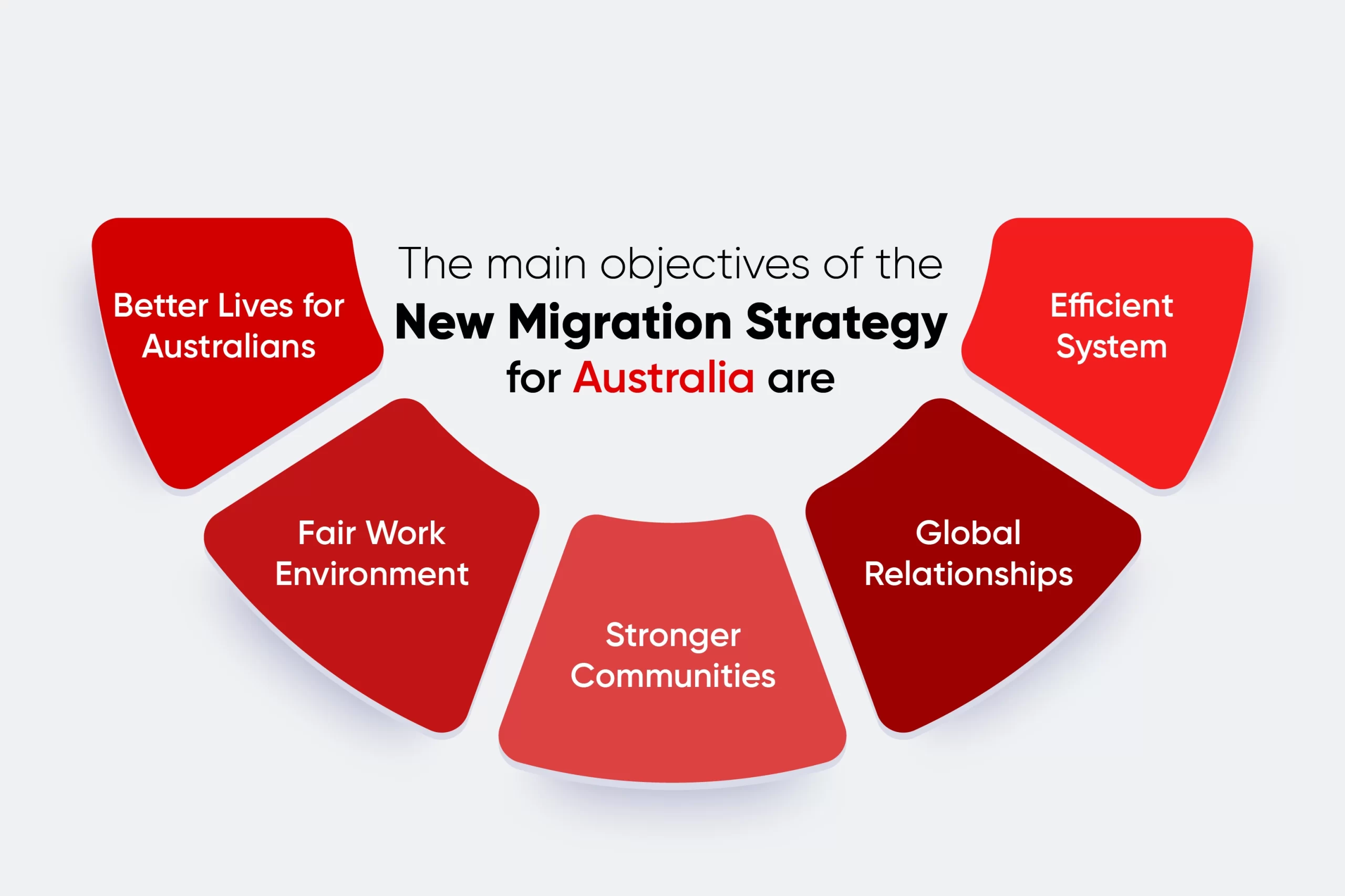
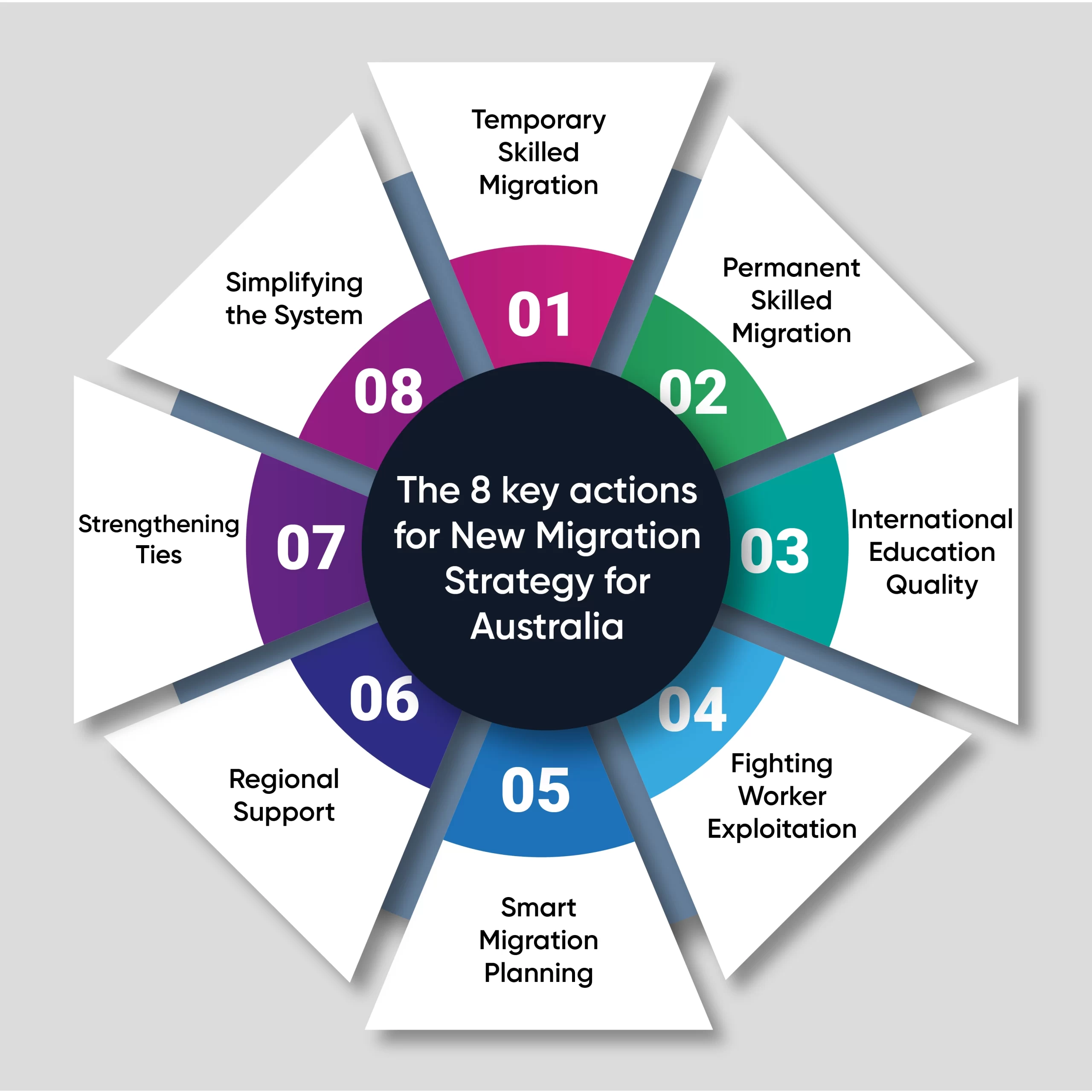

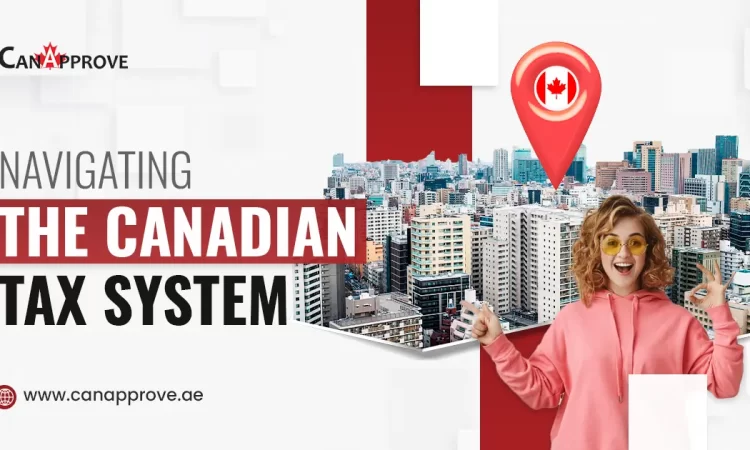

 Goods and Services Tax (GST) and Harmonized Sales Tax (HST)
Goods and Services Tax (GST) and Harmonized Sales Tax (HST)


